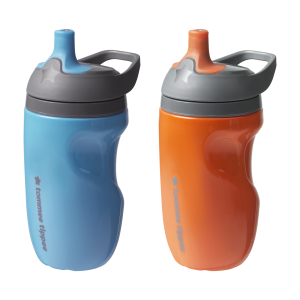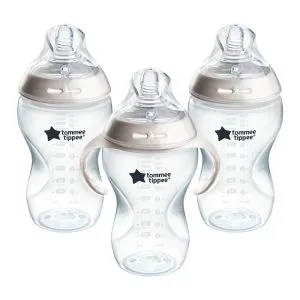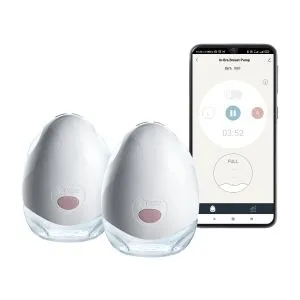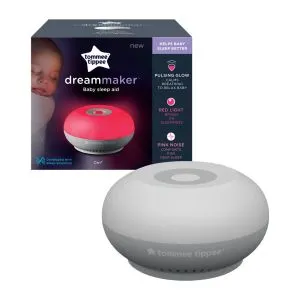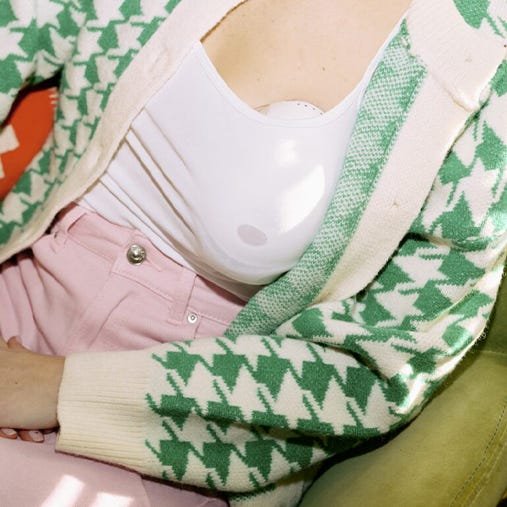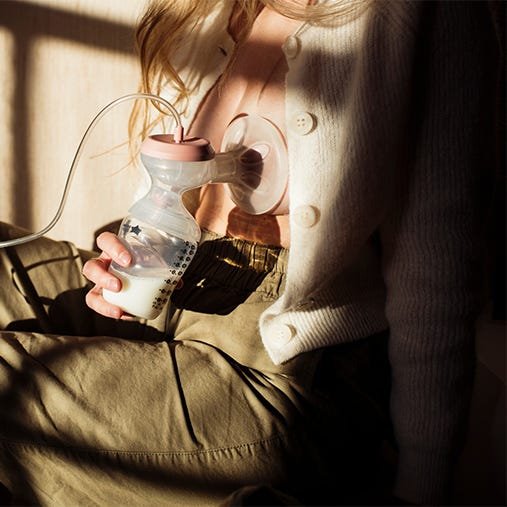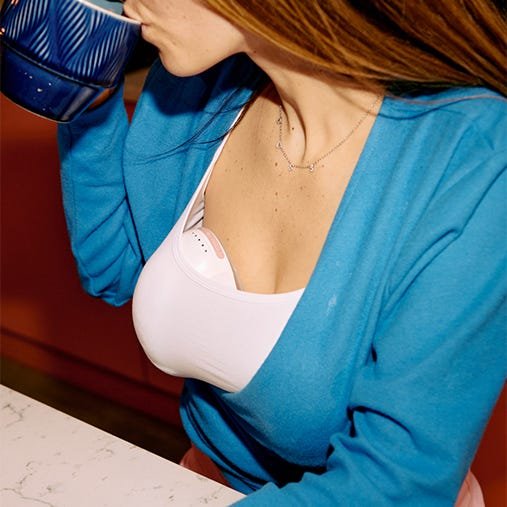It doesn't matter whether you have smaller or bigger breasts, the benefits if using a breast pump are the same. Expressing or pumping can give you peace of mind knowing your baby can still get all the benefits of breast milk when they're fed from a bottle.
For moms who can't feed baby directly from their breast, because their baby is premature or has a poor latch for example, expressing means that they can still offer their baby all the nutrients and antibodies that help to fight against infection and disease that breast milk contains.
Choosing to pump or express breast milk means that...
- You can go back to work or spend some time away from your baby (go out for the day or night) and still give your baby the benefits of your breast milk.
- You're not the only one who can feed your baby. Your partner or family members can help and enjoy feeding baby, too.
- You can increase your breast milk supply for when baby wants larger feeds.
- You may be able to donate milk to help babies who are unable to receive breast milk from their moms.
- To relieve engorged breasts (they can get very full!).
What do you need to begin pumping?
Breastfeeding your baby directly doesn't require much kit, just you, your boobs, some breast pads to keep you dry, a good nursing bra and maybe a cushion or pillow to help you stay comfortable.
For expressing or pumping, you'll need...
- A breast pump: There are two types of breast pump, manual and electric. Manual breast pumps use gentle suction to attach and encourage your milk flow or a handle that you pump to express your breast milk. Electric breast pumps use a powered pump to create suction and collect your breast milk. Tommee Tippee breast pumps are quiet, lightweight and discreet enough to give you confidence and freedom to express your breast milk whenever and wherever you want.
- A sterilizer: You'll need to sterilize parts of your breast pump and any bottles or other equipment you use to feed your baby to protect them from bugs, germs and bacteria that could make them sick.
- A range of baby feeding bottles.
- Some pots or milk storage bags to store your breast milk.
You may also appreciate...
- Some nipple cream to soothe sore nipples.
- Breast pads to keep you dry, comfortable and safe from little leaks.
- A bottle warmer to warm your breast milk to body temperature after it's been stored in the fridge or freezer.
How often should you pump, and for how long?
Guidelines suggest that you should exclusively breastfeed your baby for the first 6 weeks to help you establish a good latch and a great routine, then you can think about introducing expressing if you choose to.
If you're mainly breastfeeding first and pumping to build up your milk supply...
- Express 30-60 minutes after breastfeeding your baby or at least one hour before their next feeding. This should mean you still have plenty of milk for your baby at their next feeding.
- Aim to spend 15 to 20 minutes using your breast pump to get a good amount of breast milk but remember that every mom is different, and you may express more quickly or more slowly at different times.
- Pump until your breast milk starts slowing down and your breasts feel well-drained.
- Remeber, your boobs will respond to demand, so if you're asking for more milk by breastfeeding and expressing, they will increase their supply.
If you're exclusively breast pumping...
- Plan to pump at the same rate that your baby would be feeding directly from you. This can be 8-10 times in 24 hours. Make sure that your breasts are well drained at each session
If you're pumping at work...
- Try to pump on the same schedule as your baby's feeds, usually every 3 to 4 hours, to keep your milk supply going.
- Remember, every mom and baby are different, so do what works for you.
